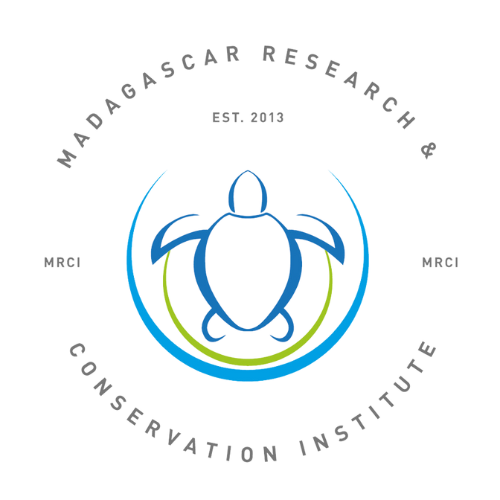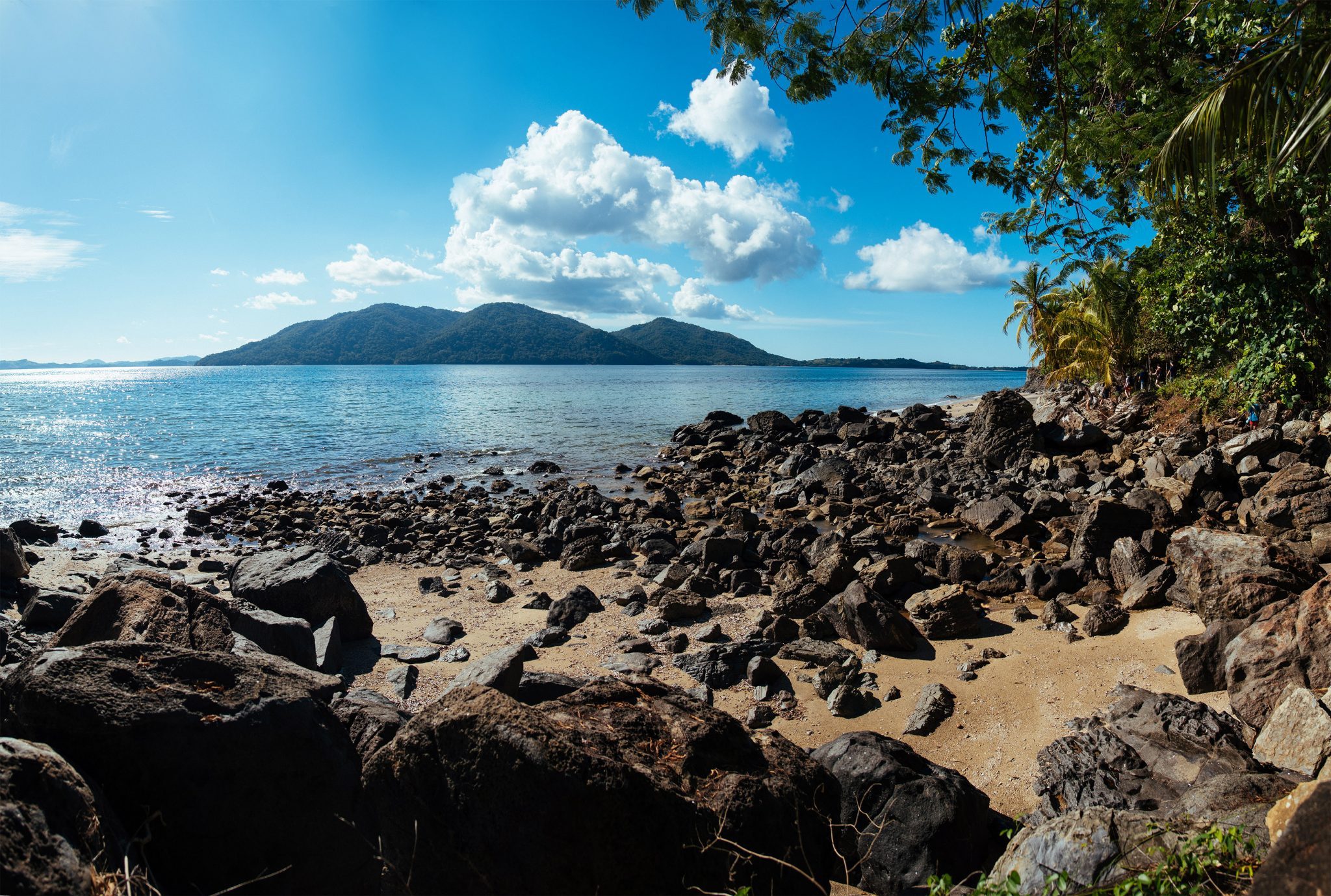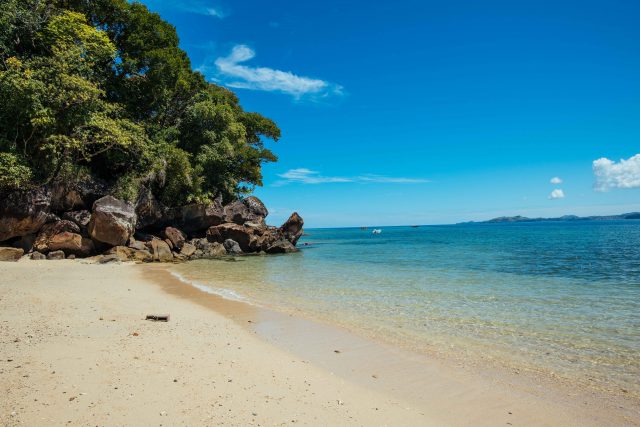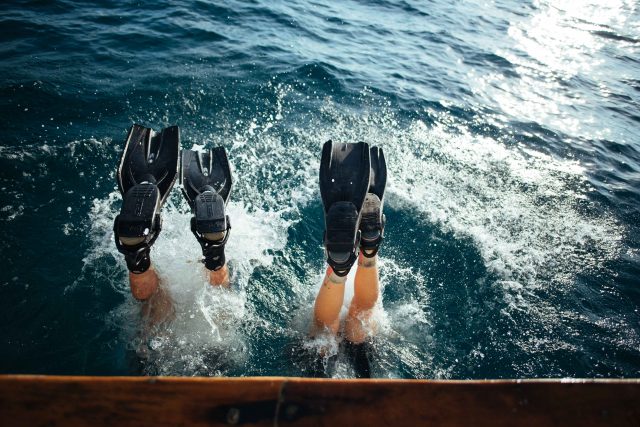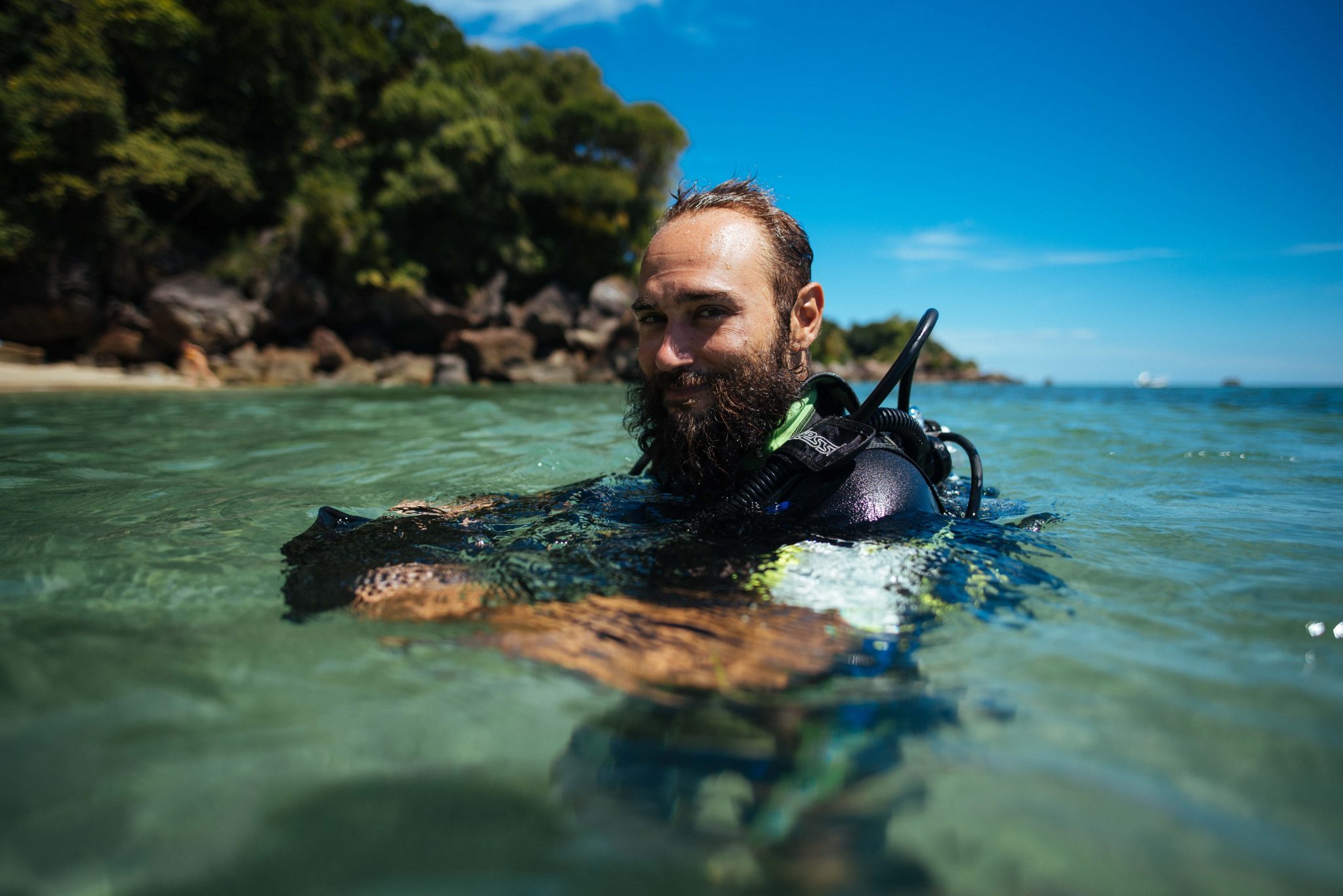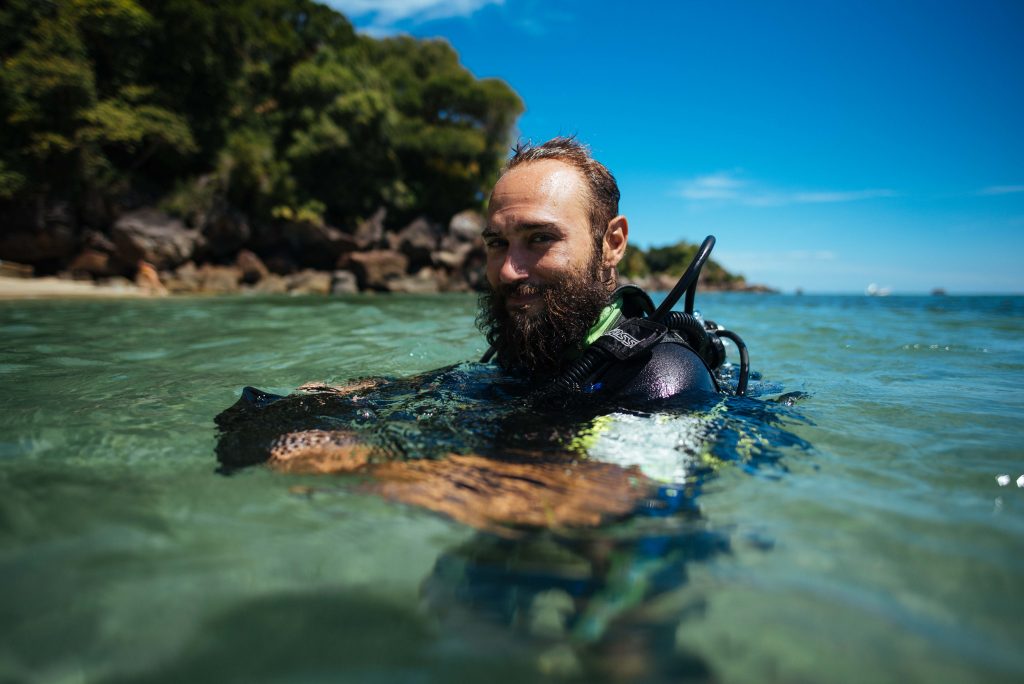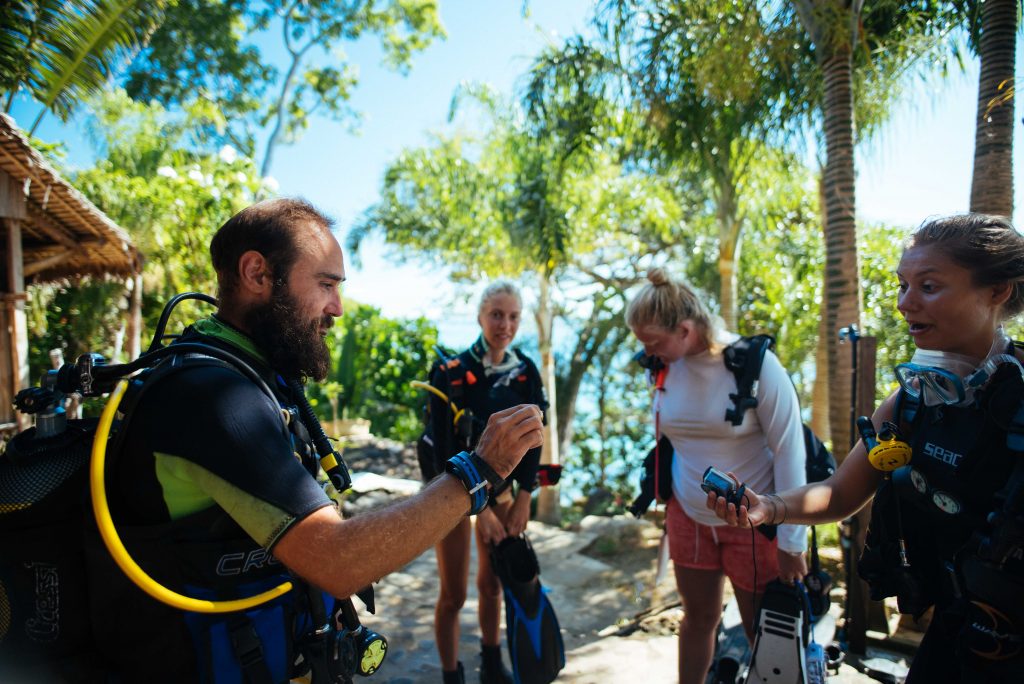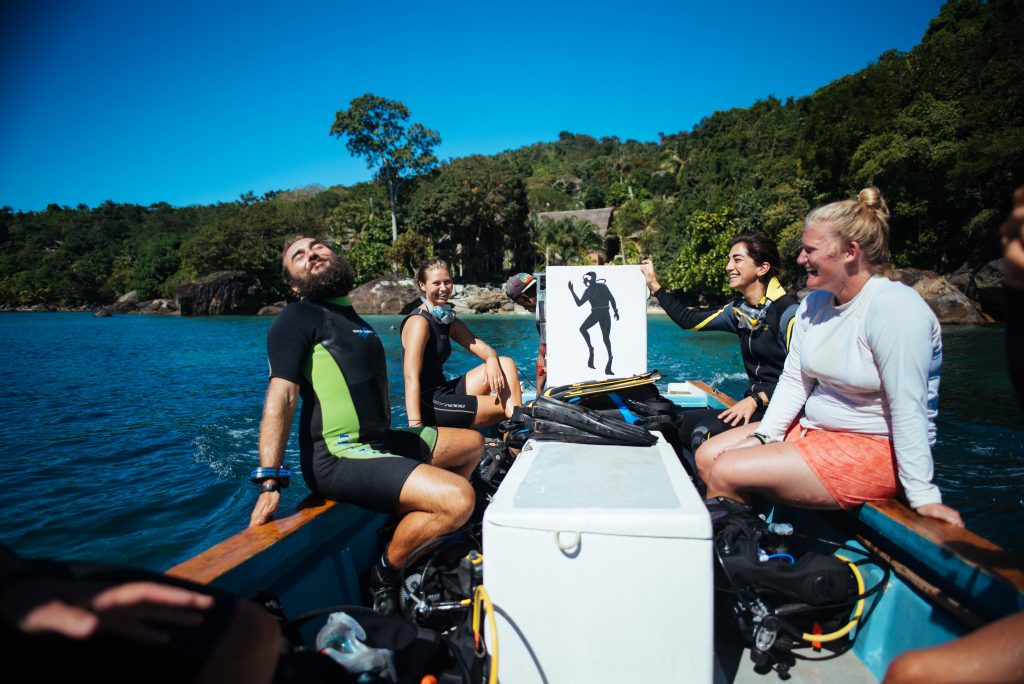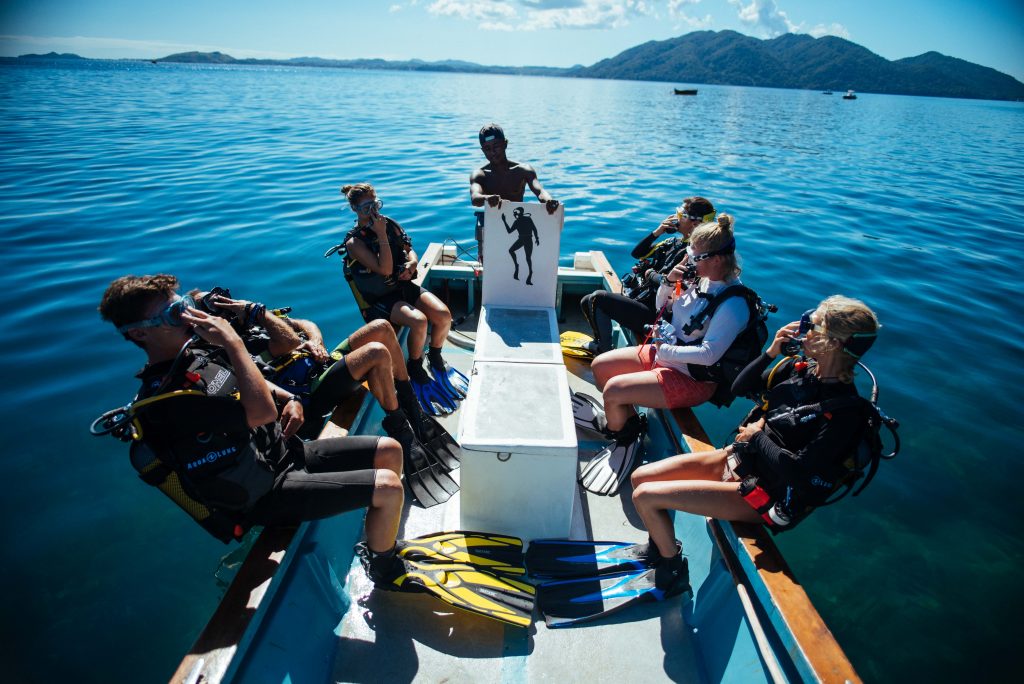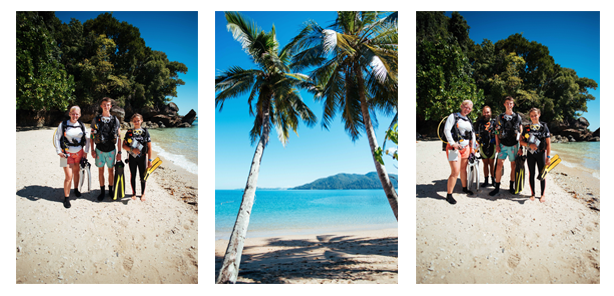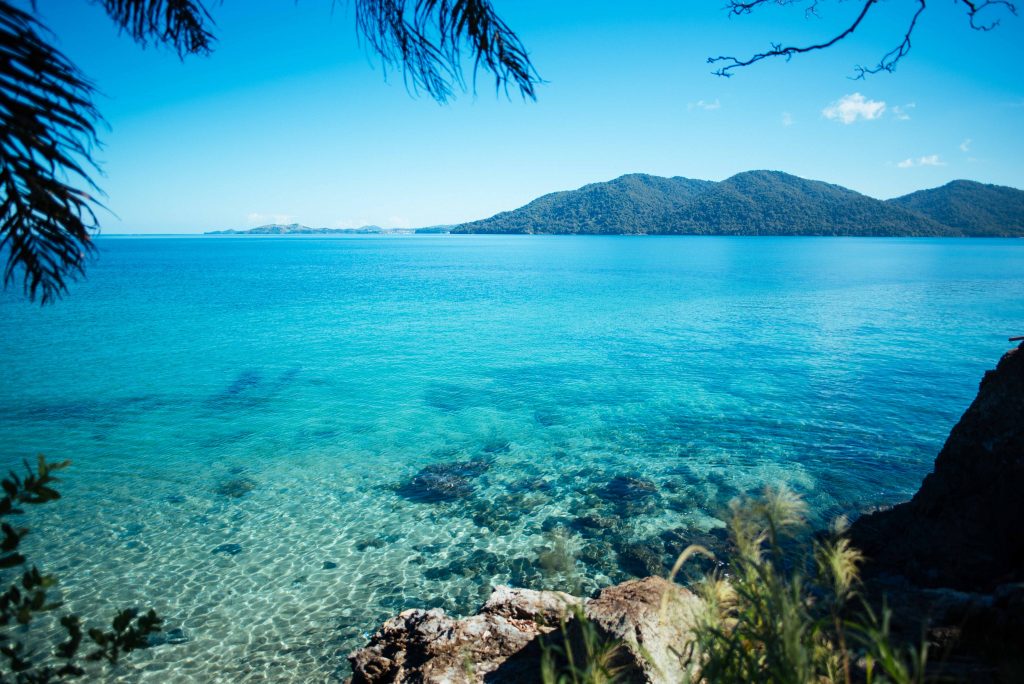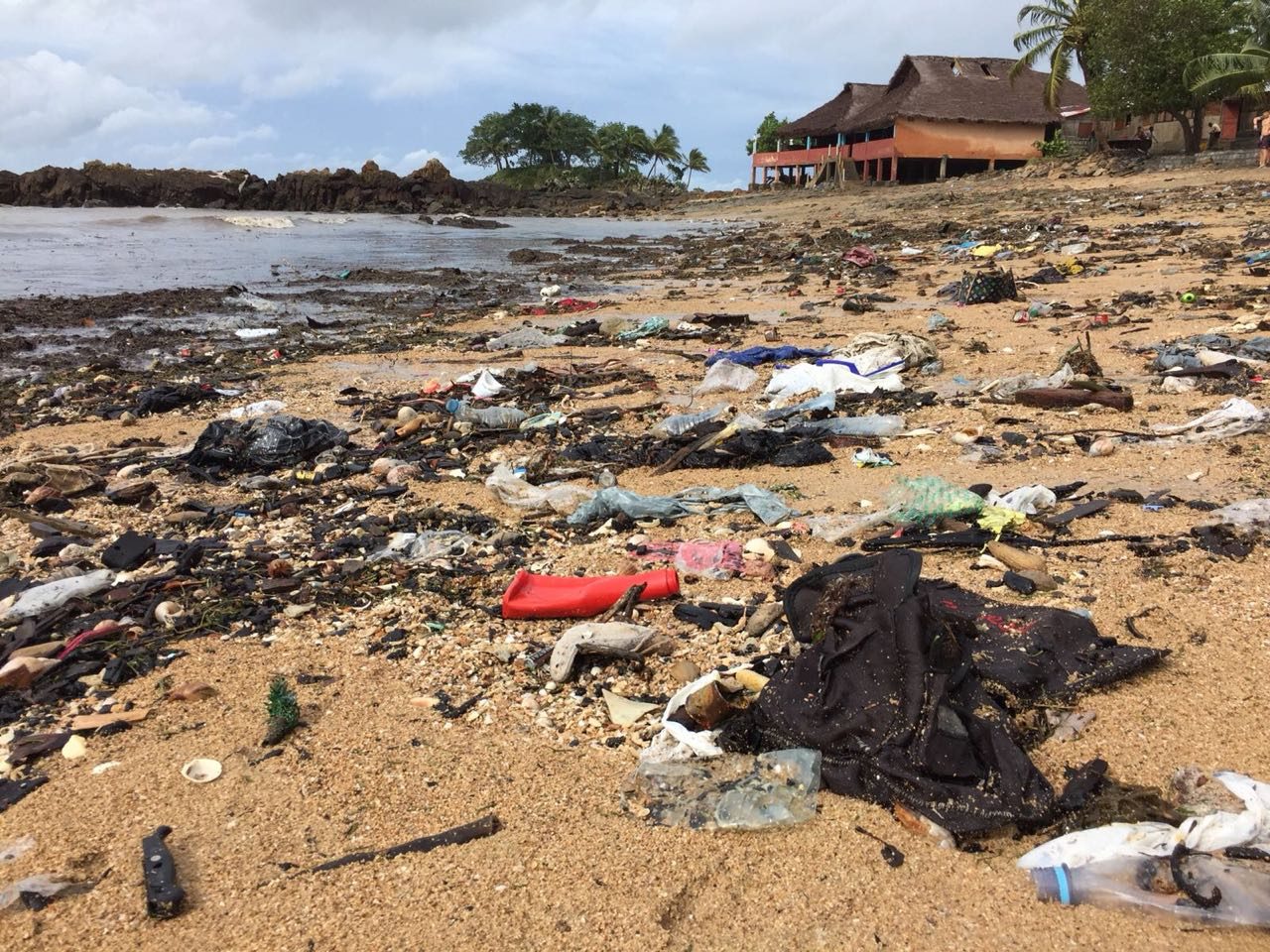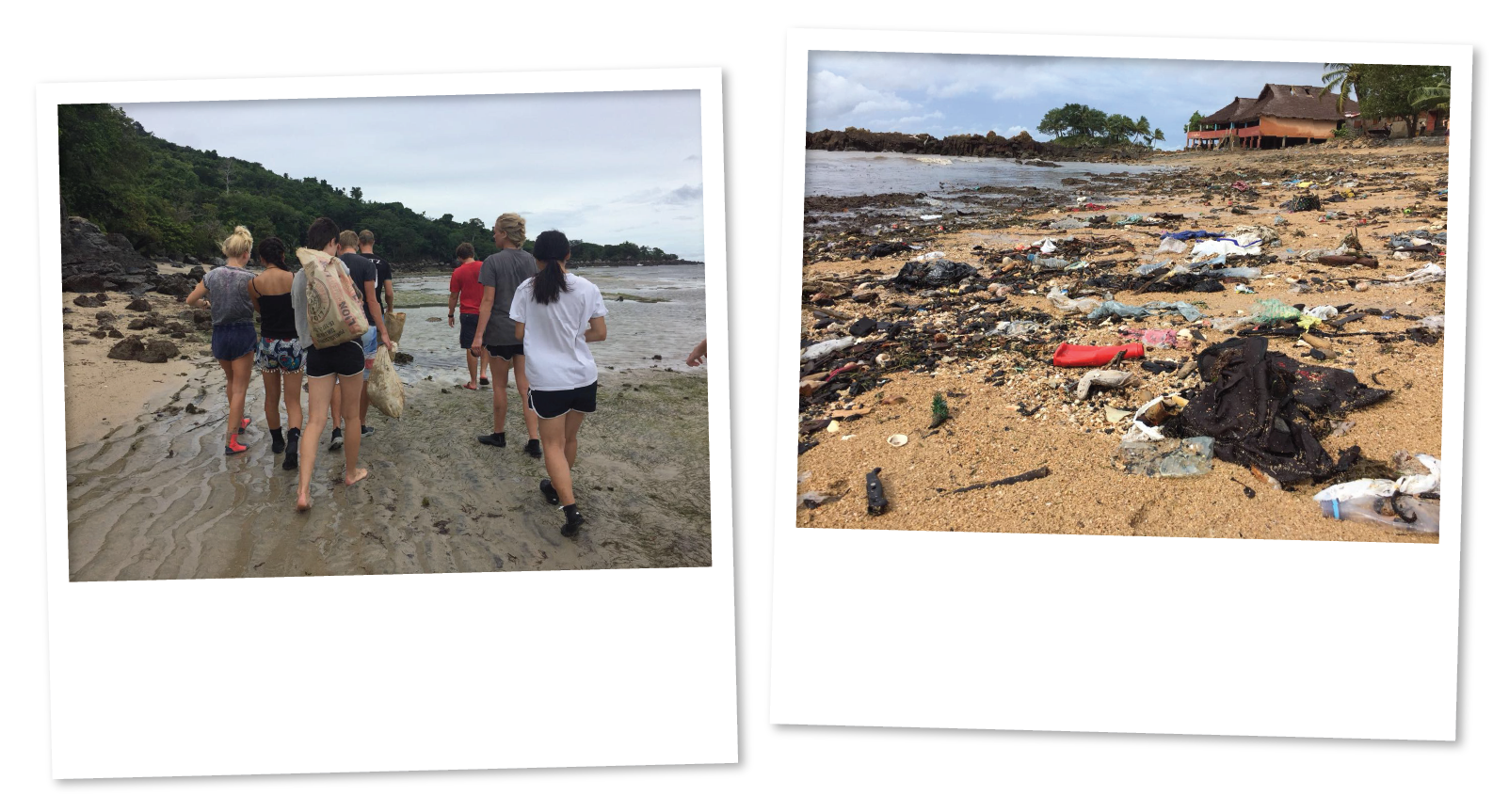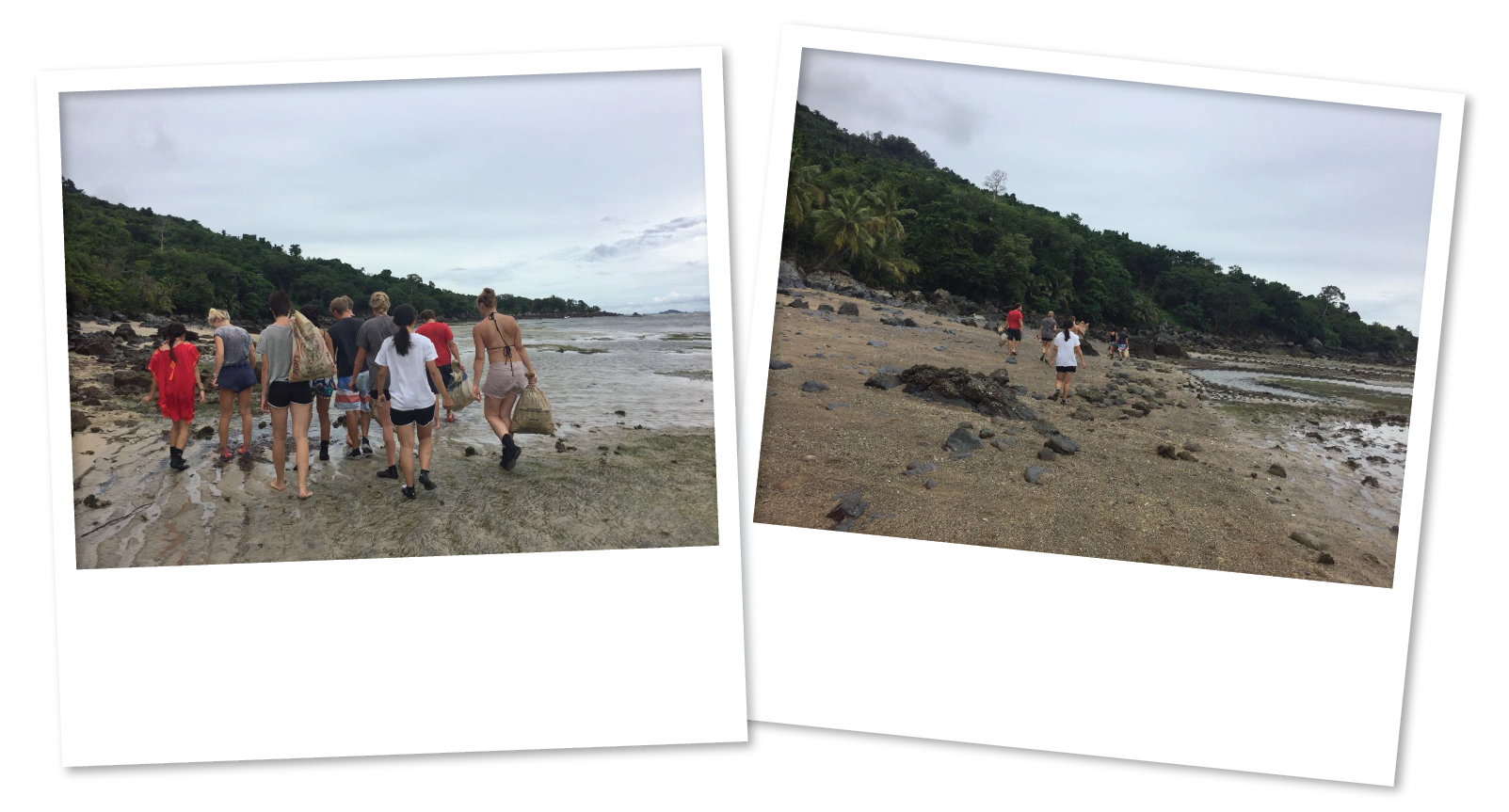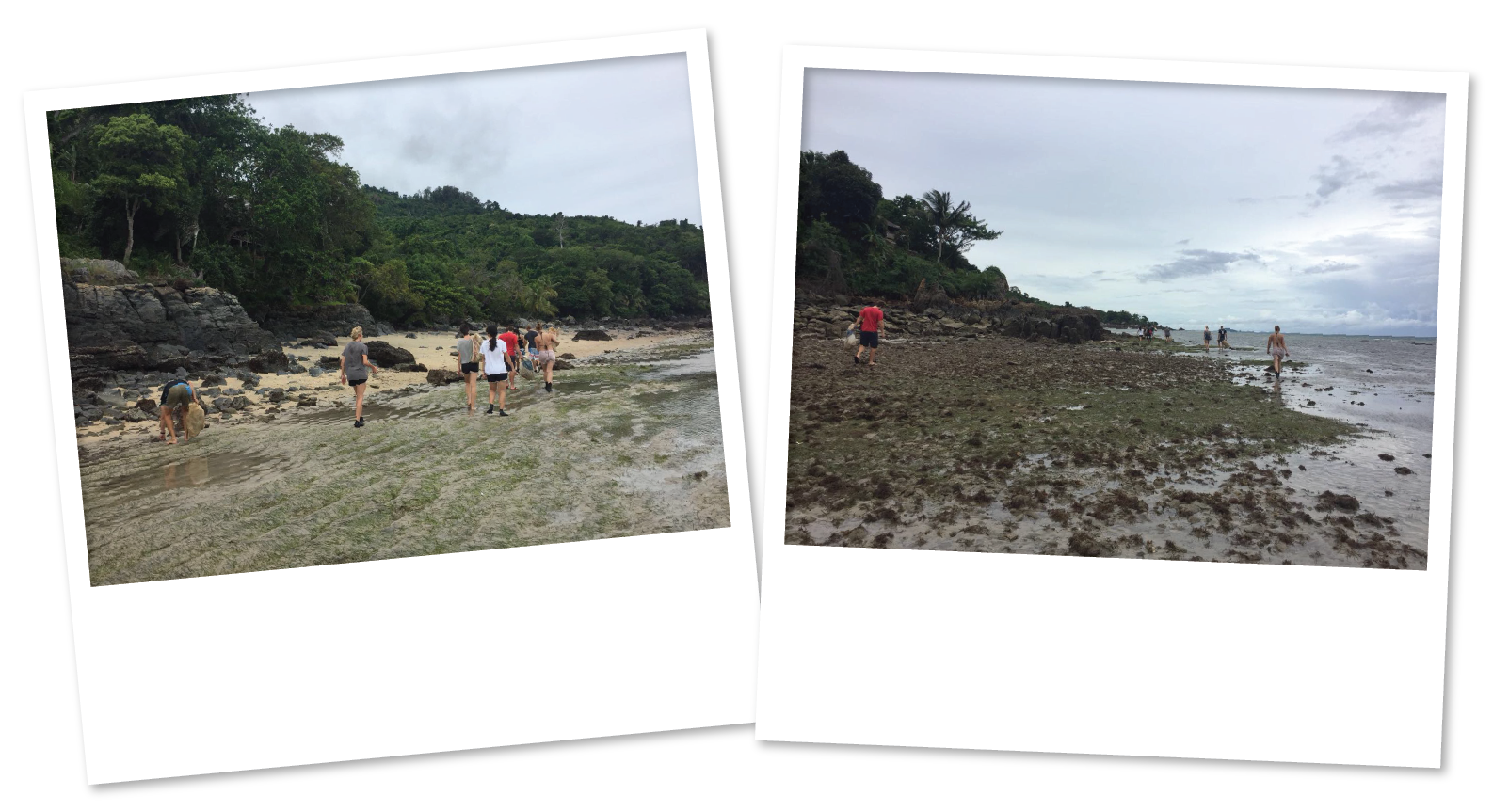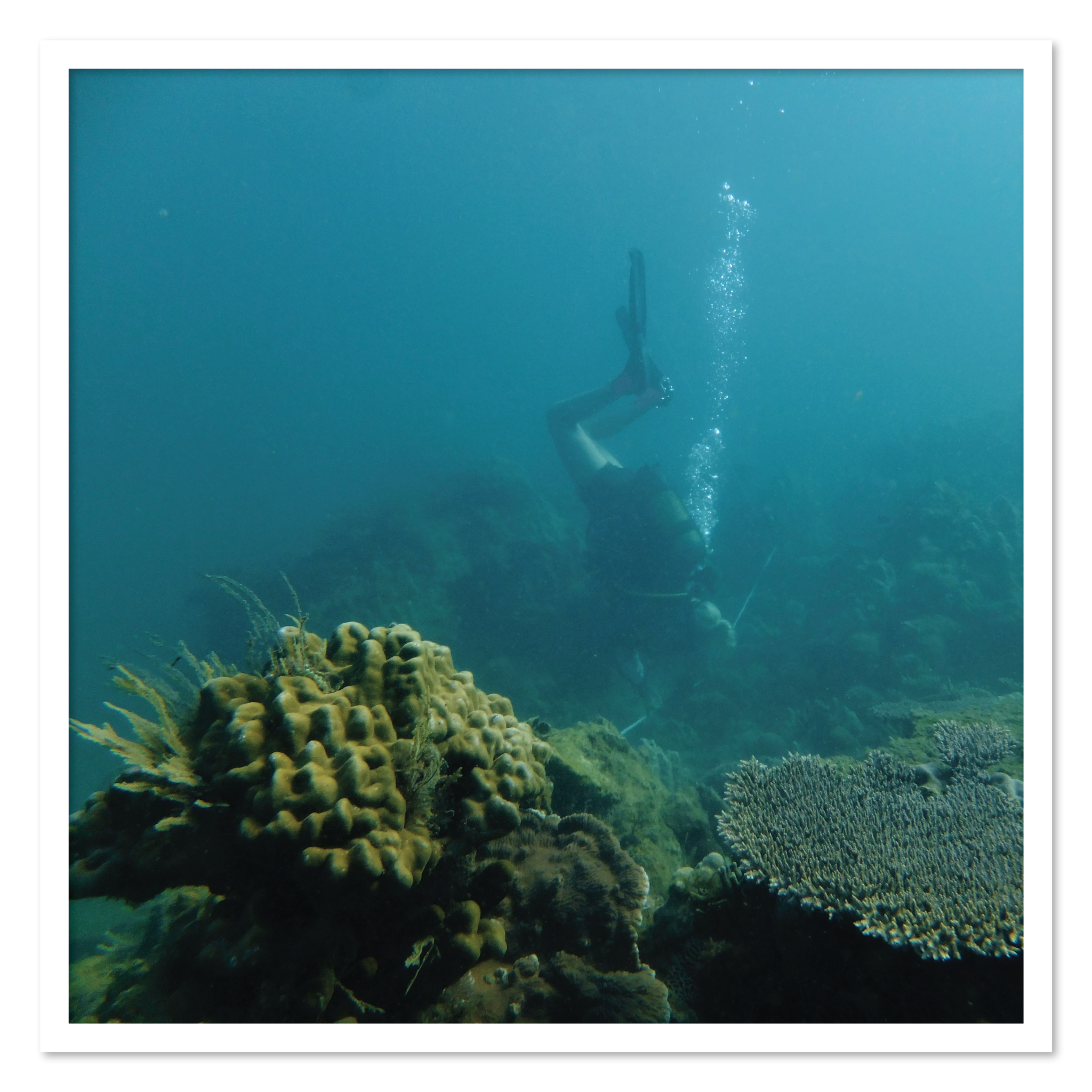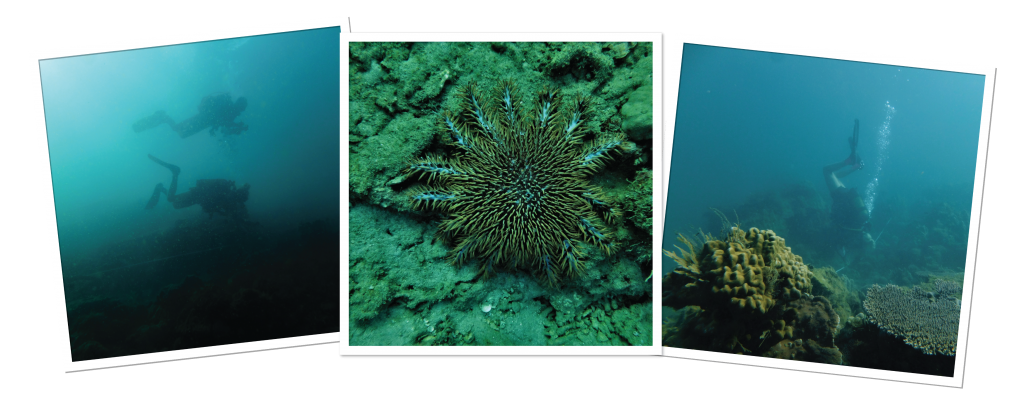Marine Conservation Volunteer Review
I’m Ellie, a 19-year-old from North East England and I have come to volunteer with MRCI in Madagascar for 10 weeks. Part of the draw to come to Madagascar was the chance to learn some new skills and experience things I have never experienced before. Being part of the marine conservation volunteer team here at MRCI has allowed me to do this and has been both more rewarding and challenging than I was expecting.
With limited swimming experience and zero SCUBA or snorkeling abilities I found that simply being submerged in water with an artificial air source was daunting and nearly caused me to give up more than once in my first session. Had it not been for the perseverance and tough love attitude of one of our instructors, Alex, it’s more than likely that I would not have continued with the course and would not be sitting here now having completed my PADI Open Water course.
Our sessions are a mix of scuba skills, species point outs and exploring the fringe reefs that surround our little island of Nosy Komba. Most sessions end with the swim back to shore as everyone reiterates the events underwater, this time with a verbal narration and justification for their actions, such as the time a fellow volunteer mistook Kyle’s instruction to mean to stop and kneel down therefore dividing our group. Needless to say, he was awarded the title of “Dick of The Week”.
As a marine conservation volunteer, we partake in seagrass surveys with Ethan wherein we randomly place quadrats and collect data on the different varieties of sea grass, the area of coverage per quadrat, sediment grain size and whether or not there is evidence of turtles feeding. Other non-scuba activities include turtle watch, which is exactly that, and requires that we record the number of turtles that are surfacing and breathing in the water in order to collect data on population size. This data subsequently needs to be input into a table and stored.
We are fortunate that surrounding Nosy Komba there are multiple reefs to explore including Turtle Towers, Verona and Tanikely, just to name a few. This provides ample opportunity to see a wide variety of the abundant species that Madagascar has to offer. Part of our roles as volunteers, upon completing our Advanced courses, will be to partake in species surveys. Therefore, we each choose a group of organisms to study – sessile, benthic or active swimmers. My choice is sessile which, although always in situ, can manifest in many different forms of hard and soft corals, sponges and anemones and within that have many growth forms, colours, and forms of colonization.
Usually we have at least one dive per day depending on conditions, tanks available and number of staff and volunteers. We’ve had the opportunity to do adventure dives such as the drift dive, wreck dive and night dives which are exciting and provide us with new environments not only to explore but to test our skills. The vast plethora of sea life is incredible and not to be taken for granted as you will see things here that you do not get to see anywhere else.
For me, one of the best parts about being a marine conservation volunteer with MRCI is how passionate, enthusiastic and fun the team are about everything that they do. Their knowledge is also unparalleled and their uncanny fervor for Nudibranch’s is entertaining.
